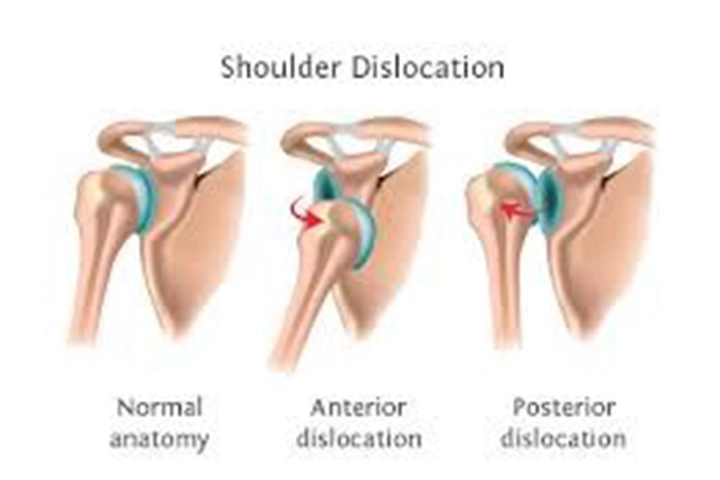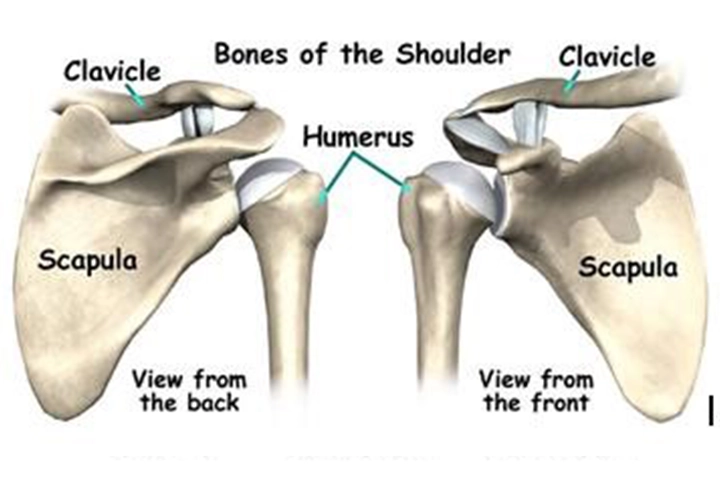The shoulder is the most flexible joint in your body that helps you to rotate your arm in many positions – upward, to the side, in front, and behind. However, this flexibility also increases the susceptibility of the shoulder joint to instability and injuries.
For Shoulder joint pathologies, non-surgical treatment options may be recommended, however, in certain conditions, Surgery is the choice of treatment as delaying the surgery can increase the likelihood of more serious problems. An early diagnosis and treatment of the joint can help make a significant difference in the quality of life and function in the long run.

The shoulder is a ball-and-socket joint that enables you to raise, twist, and bend your arm. It also lets you move your arm forward, to the side, and behind you. In a normal shoulder, the rounded end of the upper arm bone (head of the humerus) glides against the small dish-like socket (glenoid) in the shoulder blade (scapula). These joint surfaces are normally covered with smooth cartilage. They allow the shoulder to rotate through a greater range of motion than any other joint in the body. It also makes the shoulder a highly unstable joint.

The rotator cuff muscles surround the shoulder joint and form a joint capsule to provide stability to the joint.
- Rotator cuff tear
- Shoulder Instability & Reverse Shoulder Dislocation
- Subacromial Bursitis & Tendonitis
- Frozen Shoulder
- Calcific Tendonitis
- Fracture Collar Bone & AC Joint Disruption
- SLAP Tear
- Fracture Humerus Head
- Osteoarthritis & Rheumatoid Arthritis
Being the most mobile joint, and very actively used in sports person, Shoulder dislocation is commonly seen especially in sports requiring frequent throwing. There is a very high chance of the shoulder getting dislocated from its socket due to injury to shoulder stabilizers of the joint. In some cases, the glenoid labral tissue is torn (Bankart Lesion), and a bony defect in the humeral head (Hilosach’s lesion) may occur which may lead to Instability & Recurrent Dislocation.
A proper evaluation by an Orthopaedic & Shoulder Surgeon is required. The Surgeon would suggest a dynamic MRI of the Shoulder Joint to quantify the injury & bone loss.
Physiotherapy & Rehabilitation play a role in only select cases (Ist time dislocation). However, most cases of Shoulder Instability require Surgical Treatment.
The various surgical treatment options depend on the amount of percentage of bone loss & the size of the lesion on the MRI.
Treatment options are –
- Arthroscopic Bankart Repair
- REMPLISSAGE in cases of Hill-sach lesion
- LATARJET in cases of larger tears and bone loss
The surgery takes 1 -2 hours and is a day-care procedure performed under General Anesthesia.
In the postoperative period, the patient is discharged on an arm-sling. Our dedicated team of anesthetists and pain management experts ensure you have a comfortable and pain-free procedure and have a smooth post-operative recovery. Additionally, at CSI, we provide the best surgical techniques and sophisticated equipment to offer you quality shoulder replacement surgery with the best orthopedic shoulder surgeon in Delhi at affordable prices.
Yes, At CSI, we have a dedicated team of Orthopaedic surgeons and Sports Physiotherapists who have been delivering shoulder surgery results with a>95% success rate. We have an in-house team of Sports Physiotherapists who look after the rehabilitation post-shoulder Surgery. They prepare an individualized Rehab protocol for your enhanced recovery as per the directions of the orthopedic surgeon.
We have an in-house team of Physiotherapists with the latest equipment and who formulate an advanced rehab protocol. You can return to daily chores within a few weeks. Most of the athletes get back to active sports within 3 months.
Any surgery has a few risks associated with it. Risks of General Anesthesia and surgery-related risks are some of the risks post-surgery. However, Arthroscopic Shoulder Instability surgery has almost negligible Surgery-related risks.
CSI is one of the best hospitals for Shoulder Instability Surgery / Bankart Surgery. We have a dedicated multidisciplinary team of Orthopedic surgeons, Physiotherapists, radiologists, Nutritionists, and Counselors who offer comprehensive and all-around treatment at CSI.
If you would like to know more about Shoulder Instability Surgery/Bankart Surgery with CSI, call us at 011 4122 3333 or fill out the Inquiry Form.

